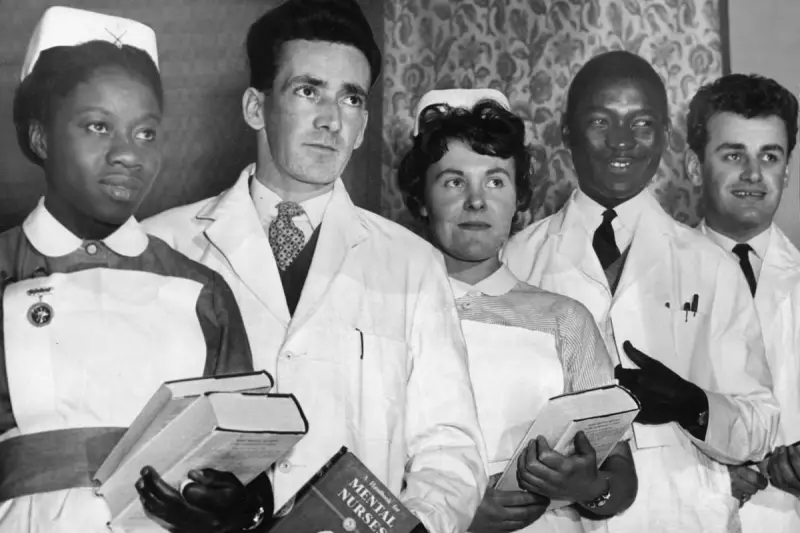
Take a captivating journey back to the heart of 1960s Birmingham, where black-and-white photographs reveal a city undergoing remarkable transformation. These archival treasures capture Birmingham at a pivotal moment in its history, blending traditional industry with the dawn of modern Britain.
The Bull Ring in Its Infancy
Among the most striking images are those of the original Bull Ring Centre, captured shortly after its grand opening in 1964. These photos show Birmingham's revolutionary new shopping centre in its pristine early days, when its concrete curves and modern design represented the cutting edge of retail architecture. The images reveal clean walkways and excited shoppers exploring what was then Britain's first enclosed city centre shopping mall.
A City of Contrasts and Characters
The collection beautifully documents the human landscape of 1960s Birmingham. We see factory workers sharing lunchtime laughs, housewives navigating bustling outdoor markets, and children playing in streets that would soon be transformed by redevelopment. Each face tells a story of a community adapting to rapid change while maintaining its distinctive character.
Vanishing Landscapes Preserved
These photographs serve as precious records of landscapes that would soon disappear. Captured are the last days of traditional shopping streets before comprehensive redevelopment, historic pubs that would later make way for new roads, and industrial sites that powered Birmingham's manufacturing heyday. The images provide a vital visual history of a city reshaping itself before our eyes.
Everyday Life in the Swinging Sixties
Beyond the architectural changes, the photos offer intimate glimpses into daily life. From fashion choices transitioning from postwar austerity to brighter colours and new styles, to the cars gradually filling the streets, these images document the social revolution unfolding alongside the physical transformation of the city.
This remarkable visual archive provides not just nostalgia but valuable historical insight, showing how Birmingham's bold post-war vision created the foundation for the vibrant city we know today.




